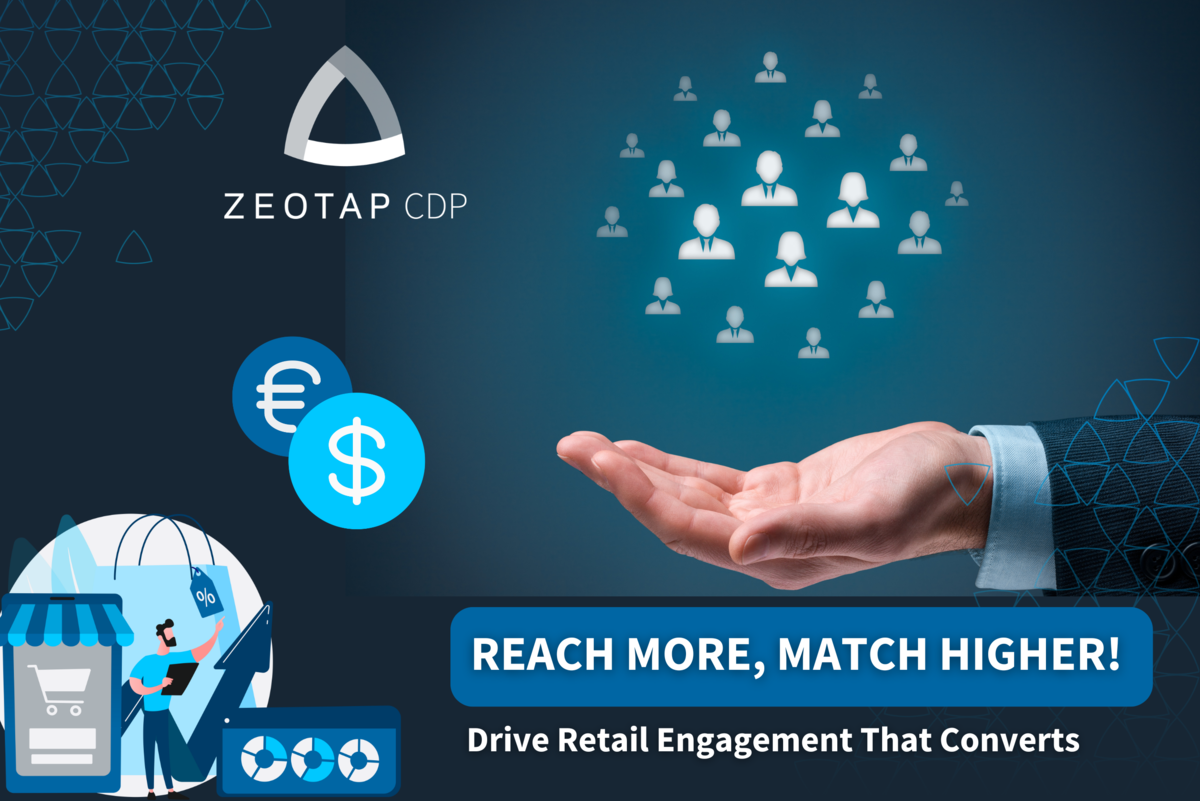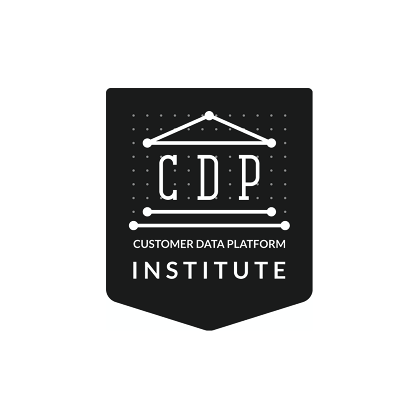Daniel Heer, our CEO and Founder, writes about why and how CMOs need to think ahead of the curve to get the most out of their CRMs via Martech Advisor.
CMOs and marketers have traditionally utilized their CRM systems to gather information and actionable insights on their current and prospective customers. These range from preference and interest data collected in online surveys, to real purchase data or even offline PoS data. However, combining all these different data points is not enough to develop a holistic marketing strategy or deliver the desired ROI. CMOs need to think ahead of the curve and explore options to get the most out of their CRM systems.
How to get the most out of your CRM
It is no secret that CRMs are highly underutilized. According to a Salesforce study, 43 percent of businesses that utilize CRMs are failing to use even half of their CRM systems correctly. So, what can CMOs do about it? Based on the hundreds of conversations we’ve had with large advertising brands that heavily rely on their CRM, we have identified three areas of focus that can largely help improve this situation:
1. Clustering your CRM customers:
Let’s get real: you may have thousands of users on your CRM, but if you don’t cluster them according to your needs and their behavioral patterns, you can’t act on them. A common way of clustering is to have customers in different buckets— and that could be applied at a general level or even at a specific promotional campaign level.
Of course, some companies will find this clustering more useful than others, but the point is that you need to find what works for you. Once you have clear customer segregation, we can start defining the objectives and KPIs we want to achieve for each one of them.
2. Get a deeper understanding of who your customers are:
Most companies are already doing this at a basic level. They look into the data they have gathered about each customer or each cluster and try to identify patterns and gather more insights into what interests them or what might trigger another purchase. The truth is that brands can go beyond this basic understanding.
A general trend we’re seeing is that brands are starting to work with external companies that can give them some additional data points on their customers. For instance, let’s say your brand has a retail outlet, and it is present on other e-commerce platforms as well, which are gathering data points about your customers. If you do not know the gender or age of your customers or what other interests they may have aside besides the products they have already purchased from you, work with a data provider who can help you enrich your CRM.
3. Activate your CRM users across all channels:
Having a clustered CRM and a much better understanding of your customers is great, but if you can’t target those same users across channels and devices, it’s all worth nothing. Since the digital world is highly fragmented and the same user has a different identifier per each device and channel, it’s impossible for brands to figure all this out by themselves.
Today, brands are starting to work with external data partners who can activate their offline data (such as e-mail addresses or phone numbers) online, as well as create a holistic identity graph that can identify one single user across the different devices and channels. Only then brands can have a comprehensive, 360-degree view of their customers and target and reward them homogeneously wherever they are.
If you are one of those marketers who is always looking for a 100 percent bang for your buck, don’t forget to recycle your CRM strategy. Not many realize the power of recycling the digital strategies that have delivered results. All you have to do is analyze your successful campaigns and witness patterns— which you can then replicate for your future campaigns.
Conclusion
The cost of engaging customers time and money-wise continues to rise, and CMOs cannot afford to underutilize the potential of their CRM systems anymore. Their strategy needs to shift from simply gathering consumer data, to implementing data-smart CRM strategies that can guide their marketing campaigns and achieve a better ROI. Clustering your CRM users, getting a deeper insight into who they are and what their interests are, and, ultimately, being able to reach them across devices is a good way to get started. CMOs need to ramp up their CRM strategies, make sure they’re on top of their consumer data, as well as work with external partners who can help them do so effectively.
To read the article in Martech Advisor, click here.

































